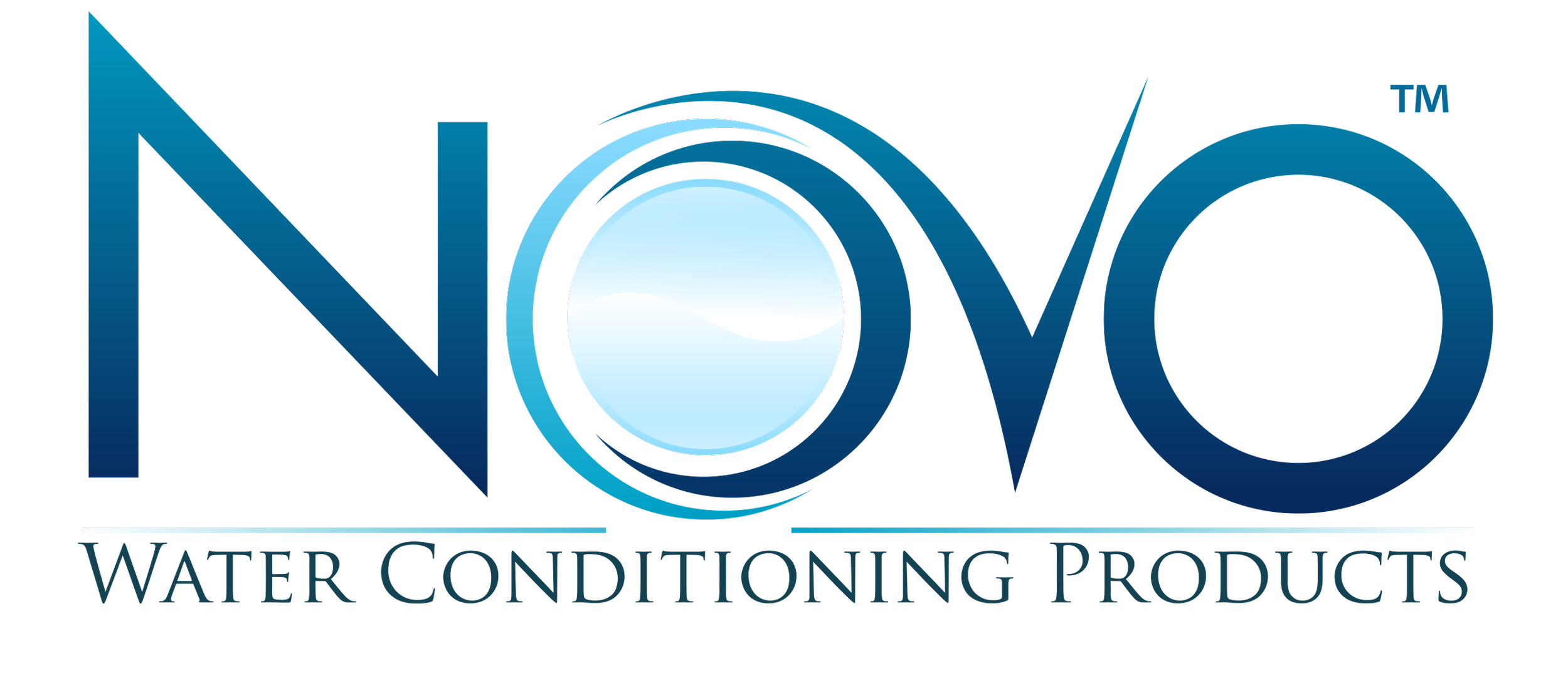Tech Tips & Articles
Shock Chlorination of a Well System
Published: July 8, 2022
This ten step guide will show you how to shock chlorinate a well system.
Water Treatment 101
Published: June 8, 2022
Plumbers are trusted advisors when it comes to water treatment. Many of the problems you’ve been called to fix may have started with the water, even on municipal water supplies. Adding water treatment to your business is an opportunity to better serve customers, grow your customer base, and add recurring service and parts revenue to your income.
Saskatchewan Home Renovation Tax Credit
Published: March 2, 2021
Under this non-refundable tax credit, Saskatchewan homeowners can save up to $2,100 in provincial income tax by claiming a 10.5 per cent tax credit on up to $20,000 of eligible home renovation expenses. Eligible expenses include the cost of water softeners and reverse osmosis systems as well as the labour and professional services to install them.
How to Size and Apply Chlorination Systems
Published: September 9, 2019
Chlorine is highly effective in destroying microorganisms in water. It is also a powerful oxidizer used to precipitate various contaminants in water.
With the introduction of the chemical free iron filter and ultraviolet, the number of chlorination applications has been reduced. However, there are still cases where a full-line chlorination system is the best solution for some water problems. Information is available concerning the alternate use of hydrogen peroxide for specialty applications.
The Effect of Low or No Salt on Precision Brining
Published: September 10, 2018
Precision brining, available on our 85HE series, means that your conditioner calculates the exact amount of brine required to regenerate, saving up to 30% more salt. When your conditioner regenerates it will fill 70% of the brine required for the next regeneration. Before the next regeneration, the unit calculates how much of the 30% reserve you used and adjusts the brine amount accordingly when it regenerates that evening. This feature means that your capacity will always be different after every regeneration therefore maximizing your salt use.
What happens when there isn’t enough salt?
Not having enough salt in the tank will decrease the unit’s capacity and result in hardness slippage. Low salt levels can be due to incorrect start-up or having the water level above the salt level. Should either of these situations happen, or the unit fails to regenerate for any other reason, please correct the low salt problem first. Then regenerate the unit manually two times in a row to restore the reserve capacity and bring the media bed back up to specification.

